Chupacabras - Mythical Beast Or Alien Creature?
Chupacabra is the latest addition to the mysterious monster club, coming years after the debut of Bigfoot, and Loch Ness monste...
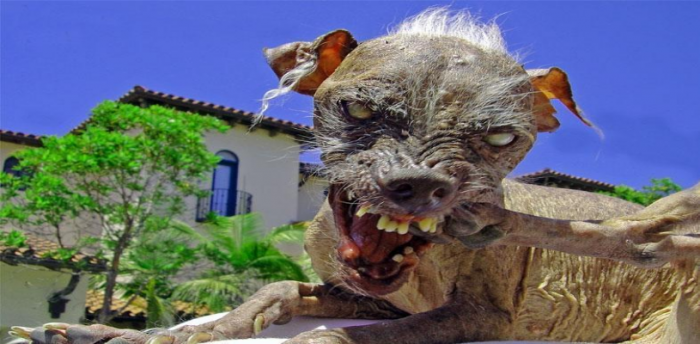
Chupacabra is the latest addition to the mysterious monster club, coming years after the debut of Bigfoot, and Loch Ness monster.
It is a legendary cryptozoology creature that has spread its fear in various parts of the globe. Initially sighted in March 1995, the existence of this hidden creature is yet to be proven or to be disproved completely by science. These hidden animals are collectively known as cryptids.
However, many animals that are widely recognized today were once a part of cryptozoology. From massive water hounds in Ireland to giant bats in Java, every part of the world has some or the other mysterious creature that resides there.
What Does A Chupacabra Look Like?
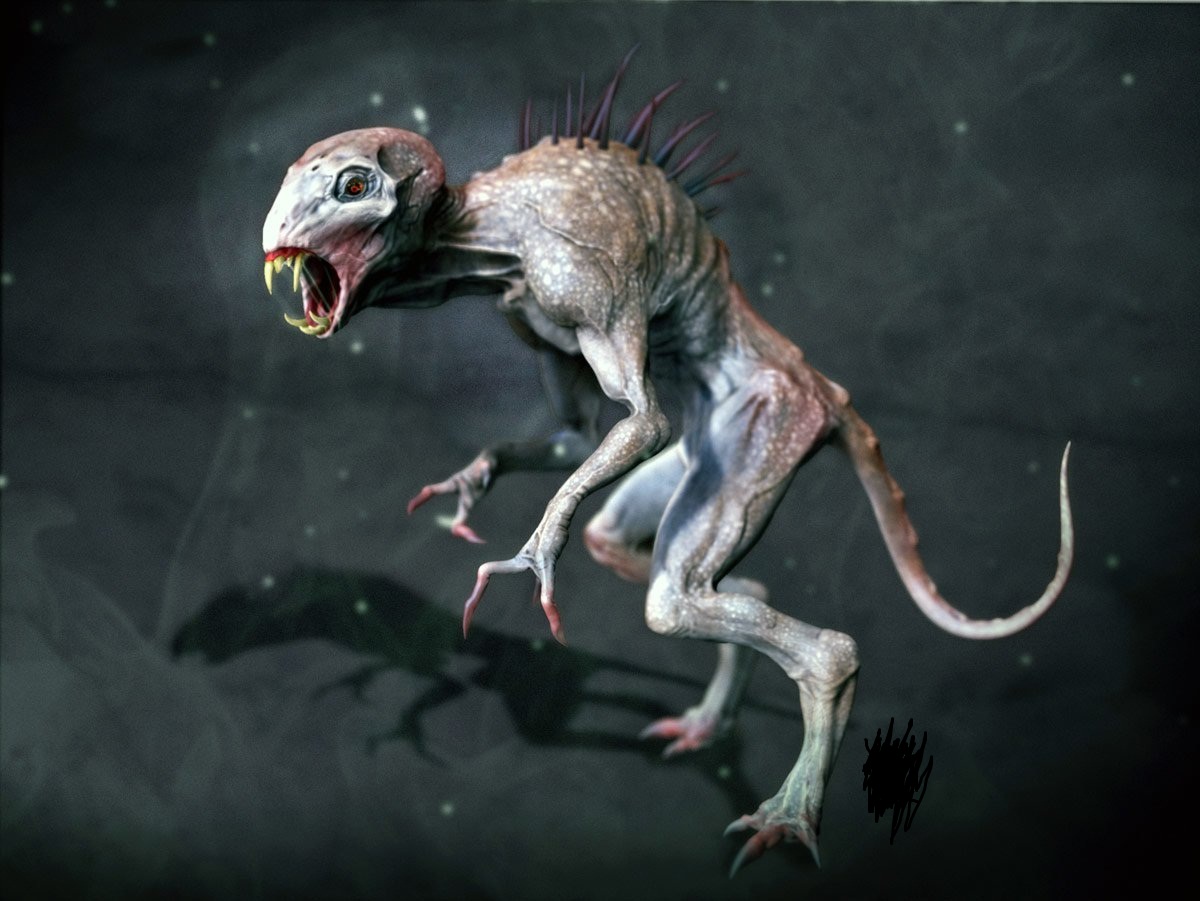
Chupacabra descriptions vary widely but the most common description is a reptile-like creature that stands about 4 to 5 feet tall. It is said to have leathery or scaly greenish-grey skin with sharp and distinctive spines on its back. It stands and hops similar to a kangaroo. Powerful legs of the creature allow it to leap huge distances. It has long claws and terrifying glowing red eyes.
There is another description that suggests the creature be a strange breed of wild dog. This is mostly hairless with a pronounced spinal ridge and an unpronounced eye sockets, fangs and claws.
Chupacabra, unlike conventional predators, drain the animal’s entire blood through three holes shaped like an upside down triangle.
How Did The Name Come Into Existence?
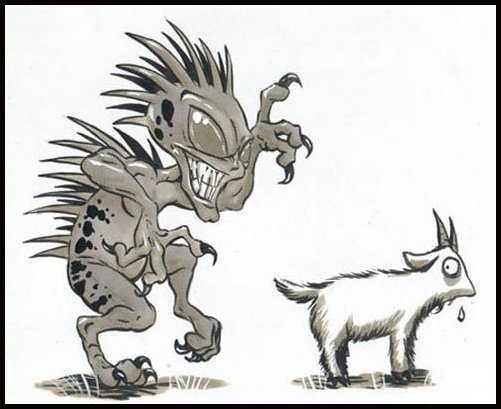
The term ‘chupacabra’ is derived from Spanish. Chupar means ‘to suck’ and cabra means ‘goat’. It can be literally translated as goat sucker.
The creature gained its name from the initial reports from Puerto Rico in 1995. The officials of this Purto Rico were dumbstruck by the attacks on more than 150 farm animals in March and August 1995. Eyewitnesses spoke of a creature with a reptilian body that had bulging red oval eyes, fanged teeth, and long darting tongue. The attacked animals had punctured wounds on their neck that drained blood. However, no meat was taken from their bodies.
Thus, the name comes from the attacking behavior of this creature, to drink the blood of livestock, especially goats.
First Appearance Of Chupacabra

The summer of Puerto Rico in 1995 made everyone connect with the name “el chupacabra,” the four-legged fearsome creature that was thought to prey on other animals.
A housewife in the village of Canovanas, Madelyn Tolentino, reported the first sighting of a mysterious creature to local news in August 1995. It wasn’t very long; she saw it only for a minute or two. But she gave the whole description of his alien appearance- the toes, eyes, teeth and it even had no genitals.
As Radford reported, Tolentino spotted it four feet high with odd wide structure, thin arms, three fingers, dark eyes and two legs. It did not have ears and nose but small air holes and spikes on its back.
UFO researchers immediately picked up the story after it appeared on the local news. 150 farm animals and pets were reported dead in this attack.
Prior to this, eight sheep, each with three puncture wounds in the chest area and completely drained of blood were also discovered dead in an attack in March 1995.
The Evolution of Chupacabra
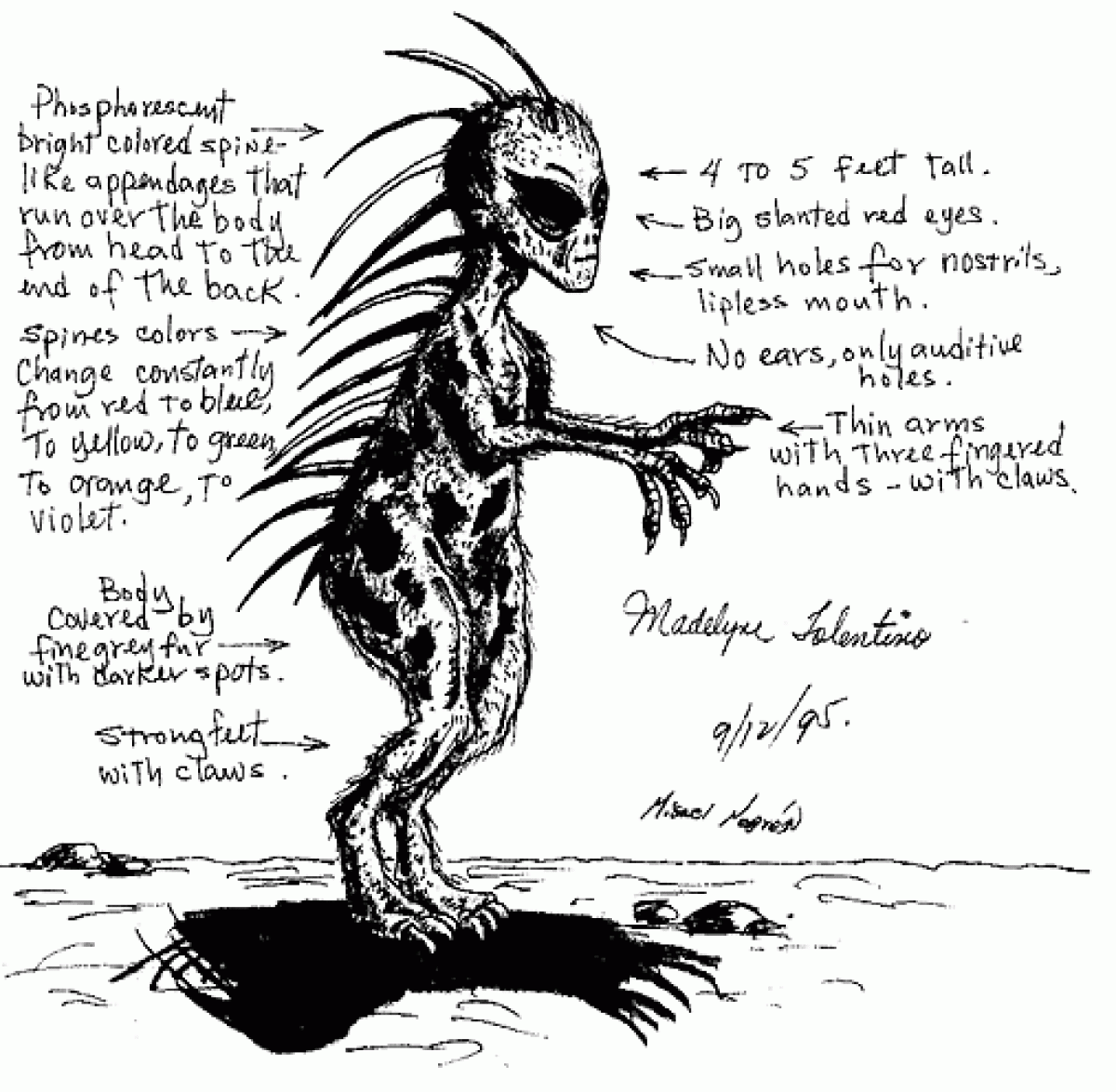
Based on the studies and research of scientists from renowned universities, they have given their theories on the evolution of chupacabra.
Sarcoptes scabiei, a parasite that causes mange is known to cause scabies in human beings. In humans and animals, the mite burrows under its host’s skin. Eggs and waste material of the parasite triggers an inflammatory response from the immune system.
Scabies is a minor annoyance in humans but mange can be life threatening for canines like coyotes. OConnor speculates that the mite spread from humans to domestic dogs and further to coyotes, foxes and wolves in the wild. He further suggests that the difference in response of mites in different organisms is because humans and other primates have lived with this mite for much of their history while other animals have not.
This can also be stated as humans have achieved that stage of evolution where their immune systems can neutralize the infection before infection neutralizes them. But mites have been evolving. In nonhuman animals, specifically coyotes, the reaction can be so severe that cause their hair to fall out and constrict blood vessels. It also adds to a general fatigue and exhaustion.
Theories About Chupacabra’s Origin
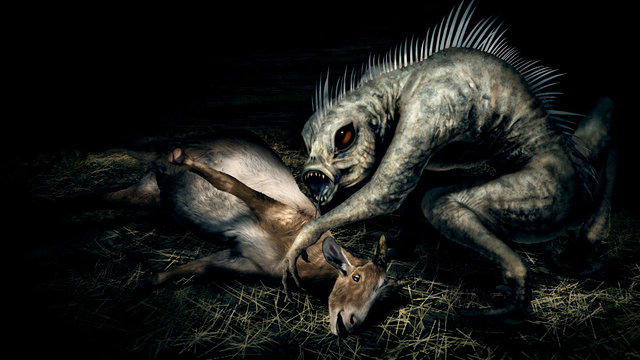
Theories about the mysterious creature vary as much as the sightings. In addition to the above theories of evolution of chupacabra, there are some other insights about its origin.
- Benjamin Radford documented a five-year investigation conducted by him, in his 2011 book Tracking the Chupacabra. His investigation concluded that the description given by first known eye witness of the creature in Puerto Rico, Madelyne Tolentino was very similar and probably based on the creature Sil in sci-fi horror film Species. Moreover, the witness had also seen this movie. Radford thus, concludes that this description it undermines its credibility as a real animal and it cannot be trusted.
- Another popular explanation is that chupacabra is a product of top secret genetic experiment of the U.S. government that is being conducted in the rainforest of Puerto Rico.
- Some suggest that it is an extra terrestrial being that is brought by spaceships to our planet.
- Not to miss, a few also say there is some sinister biological warfare program being carried out involving the creature as a part.
- It may even be the embodiment of god’s wrath.
‘Goat Suckers’ In The Mayan Mythology
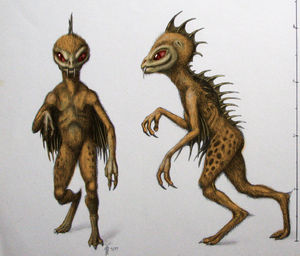
Camazotz monsters (image)
While chupacabras have been a recent cryptology finding, Mayans encountered the creature many years ago.
Stories reveal that Camazotz was a creature in Mayan mythology that was known as the death bat or vampire bat. It had a bat or lizard-like face, two arms and the ability to turn into a statue during the day. Sharp snout helped it to suck the blood of its victims. The Mayan literature of 1400 BC has more findings of ‘goat sucker’.
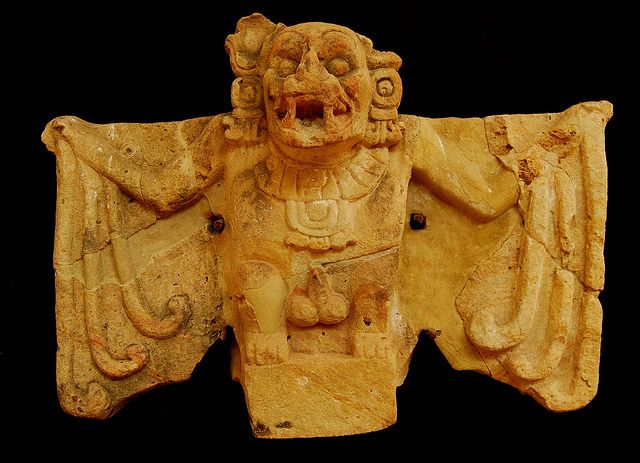
Ancient statue of Camazotz (image)
Between the ruined Mayan cities of Kabah and Uxmal, there is a Mexican state of Yucatan. Superstitions run deep among these people. These people do not celebrate many religious festivals because of the fear of mythical beasts. Villagers of Santa Elena believe that these cryptids prey on livestock.
Camazotz in Mesoamerica was associated with night, death and sacrifice. This ferocious demon lived in the Mayan Underworld of Xibalba. The word ‘chupar’, a root of chupacabra is often associated with vultures and bats.
More About Chupacabra’s Existence And Stories Created
In the last 20 years, this hidden creature went from being a nocturnal monster in the areas of Puerto Rico to being the most sensational creature in the world. Some reports of the creature come from the Hispanic communities and Latin American countries while other reported its sightings in Indonesia and China.
In some circles, it was also reported that it is the pet animal of alien visitors. While others believed that it is a result of NASA’s wrong experiment. Some even say that it is a source of AIDS virus.
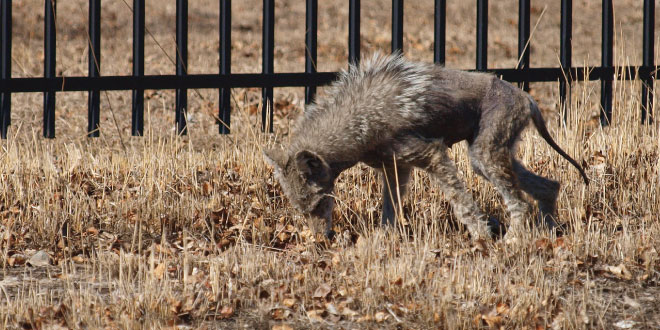
In April 2006, a journal reported that Chupacabra was spotted in Russia for the first time.
In August 2006, Michelle O’Donnell of Turner, Maine revealed that an evil looking rodent-like animal has been found dead alongside a road. The animal was struck by a car and was unknown. Few pictures were taken and witness reports seem to be in relative agreement that the creature looked similar to a dog or wolf but in the published photographs, it did not resemble any canine of that area.
On January 2008, residents of the province of Capiz in the Philippines believed that chupacabra had killed eight chickens since the owner saw a dog-like creature attacking his chickens.
There are many other sightings and stories around the world that claim to witness and evident chupacabra. Nonetheless, the creature remains a mystery with diverse opinions and yet to be revealed.
Are Chupacabras Real?
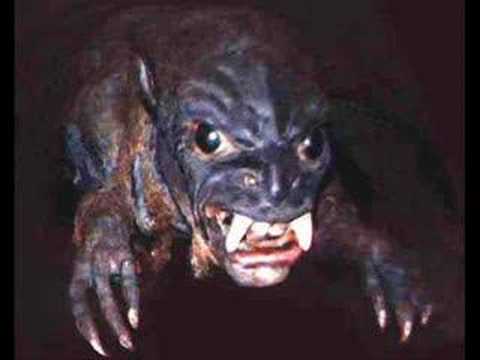
When it comes to proving the existence of a hidden creature or cryptid, evidence is everything. There are no known photographs or any credible footprints of the haunted sucker.
Chupacabra is mostly known through dozens of eyewitness sightings and many dead animals with plausible explanations of their attack. The creature is probably the world’s best-known vampire after Dracula. Its victims are completely drained of blood without any missing meat.
Tales of the mysterious creature sucking the blood of livestock started appearing since the mid-1990s in Mexico, U.S. Southwest and even China.
In almost all sightings, the monsters have turned out to be coyotes suffering from severe condition of mange (a fatal skin disease that can cause the animal’s hair to fall and shrivels his skin along with other symptoms).

A coyote suffering severe mange (image)
Although several witnesses conclude that since the victim was not eaten, only his blood was sucked, the attacker cannot be a dog or coyote, their assumption is incorrect. Dogs and coyotes, out of their lack of experience or injury or facing difficulty to kill the prey, may not eat their victim. The prey may have survived the attack and died later from internal bleeding or circulatory shock.
Also, most carnivores catch their prey through its neck, attacking with their two canine teeth which make two holes in the neck. There are also reports of stray Mexican hairless dogs mistaken with chupacabras.
Barry OConnor, an entomologist from the University of Michigan supposes that this explanation is sufficient. He has deeply studied Sarcoptes scabiei, a parasite that causes mange.
"I don't think we need to look any further or to think that there's yet some other explanation for these observations"
Another wildlife disease specialist Kevin Keel, of the Southeastern Cooperative Wildlife Disease Study at the University of Georgia, has seen the images of an alleged chupacabra corpse and identified it as a coyote.
"I wouldn't think it's a chupacabras if I saw it in the woods, but then I've been looking at coyotes and foxes with mange for a while. A layperson, however, might be confused as to its identity."
Few More Facts About Chupacabra

- The term ‘chupacabras’ is known to be coined by Puerto Rican comedian and entrepreneur Silverio Perez after its incidents were reported in the press.
- Puerto Rican conspiracy theorists have asserted that government is hiding details and truth about Chupacabra in order to prevent panic.
- Some eyewitnesses claim that the creature’s eyes can hypnotize and paralyze their prey to suck their blood.
- Few believe that Chupacabra could be bats, which thrive in South Africa.
- Chupacabra like to puncture the neck of the farm animals to drain out the blood and suck easily.
- Chupacabras have also been accused of killing chickens, horses, birds, pigs and even attacking human beings.
- Sixty-nine chickens, goats and ducks were killed in Florida in 1995. Their attacking approach suggested being that of a chupacabra.
- The Mississippi Department of Wildlife confirmed that a strange wild creature like chupacabra was shot dead in “coon hunting”.
- Experts also believe that unless there are at least hundred such living creatures, this species cannot be live.
- Chupacabras are also known as Mexican Goat Suckers.
- Chupacabras were also featured in several B horror films including Mexican Werewolf, Bloodthirst and Bloodthirst 2 in Texas.
- The Onion published a satirical article featuring Vincente Fox where he humorously encourages his people by telling them to fear nothing except El Chupacabra.
- Chupacabras have inspired many art works in modern culture including the 2013 film, Chupacabra vs. the Alama.
Benjamin Radford, an author and investigator of mysteries says -
It doesn't matter what I write, it doesn't matter that I solved this. People are still going to see a weird hairless thing and someone is going to call it a chupacabra," he said. "I think the bigger answer is that people like mysteries. And the idea of a Hispanic beast that sucks goats' blood is kind of cool -- it captures the public's imagination."
What’s next for the chupacabra? We are not sure but we would love to hear any help from you in tracking these magical beasts. If you have your chupacabra stories, share them with us.
Popular Posts
9 Weird Mormon Rules & Beliefs That Make Them Different from Other Communities
Mormons are from a cultural group related to Mormonism. It is the religious tradition of the latter-day saint movement of Restorationist Christianity initiated by Joseph Smith.
Augustus Perez
12 Missing People Who Disappeared Mysteriously and Later Found Alive
The news of lost people coming back to life or found alive makes for great headlines but is an emotionally wrecking experience in reality, here are some strange stories of missing people who were found alive!
Augustus Perez
8 Most Notable Cases Of Harlequin Baby That Will Give You Goosebumps
Harlequin Ichthyosis is a severe genetic disorder that mainly affects the skin. Infants with this condition are born with very hard, thick skin covering most of their bodies.
Kevin Green








